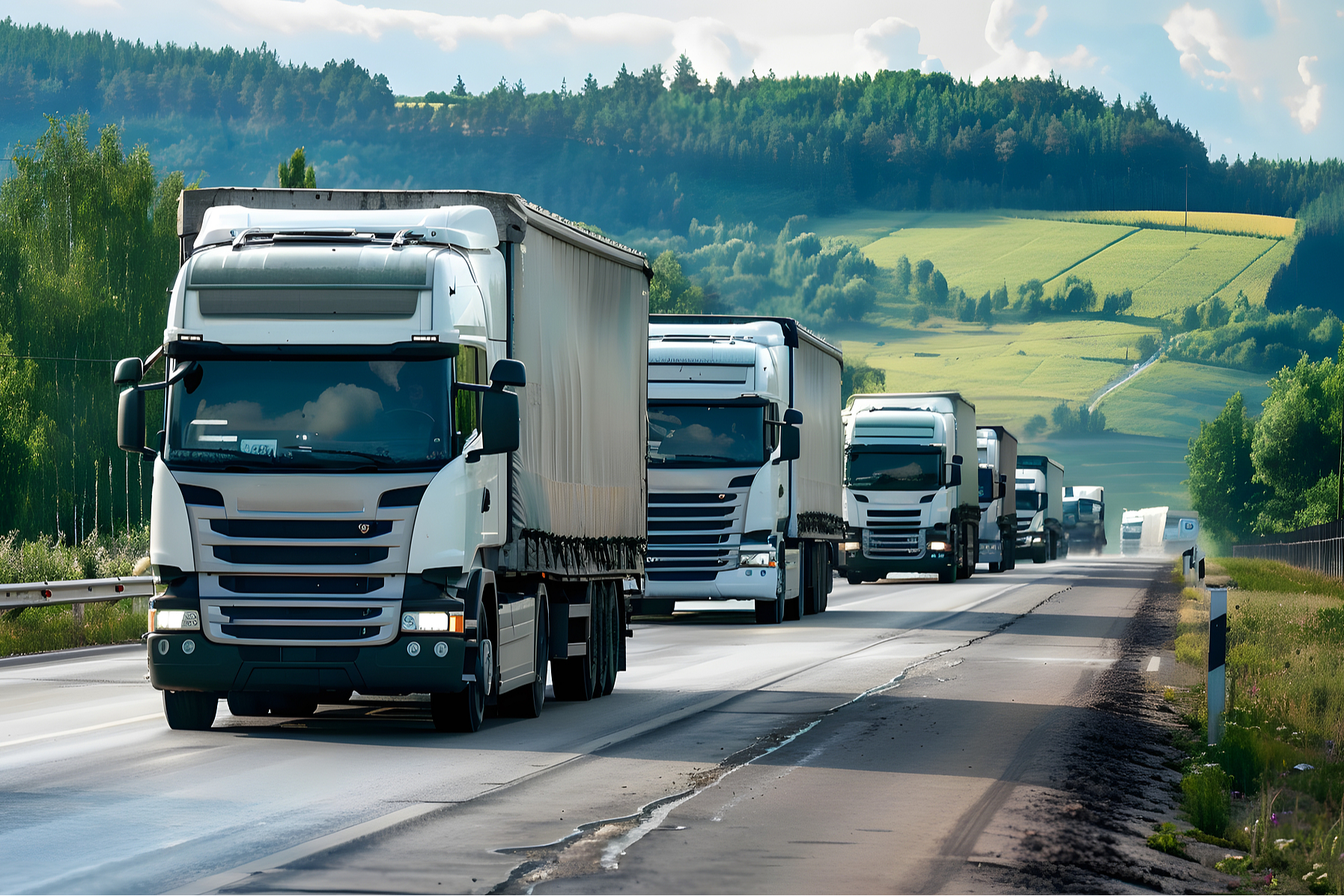
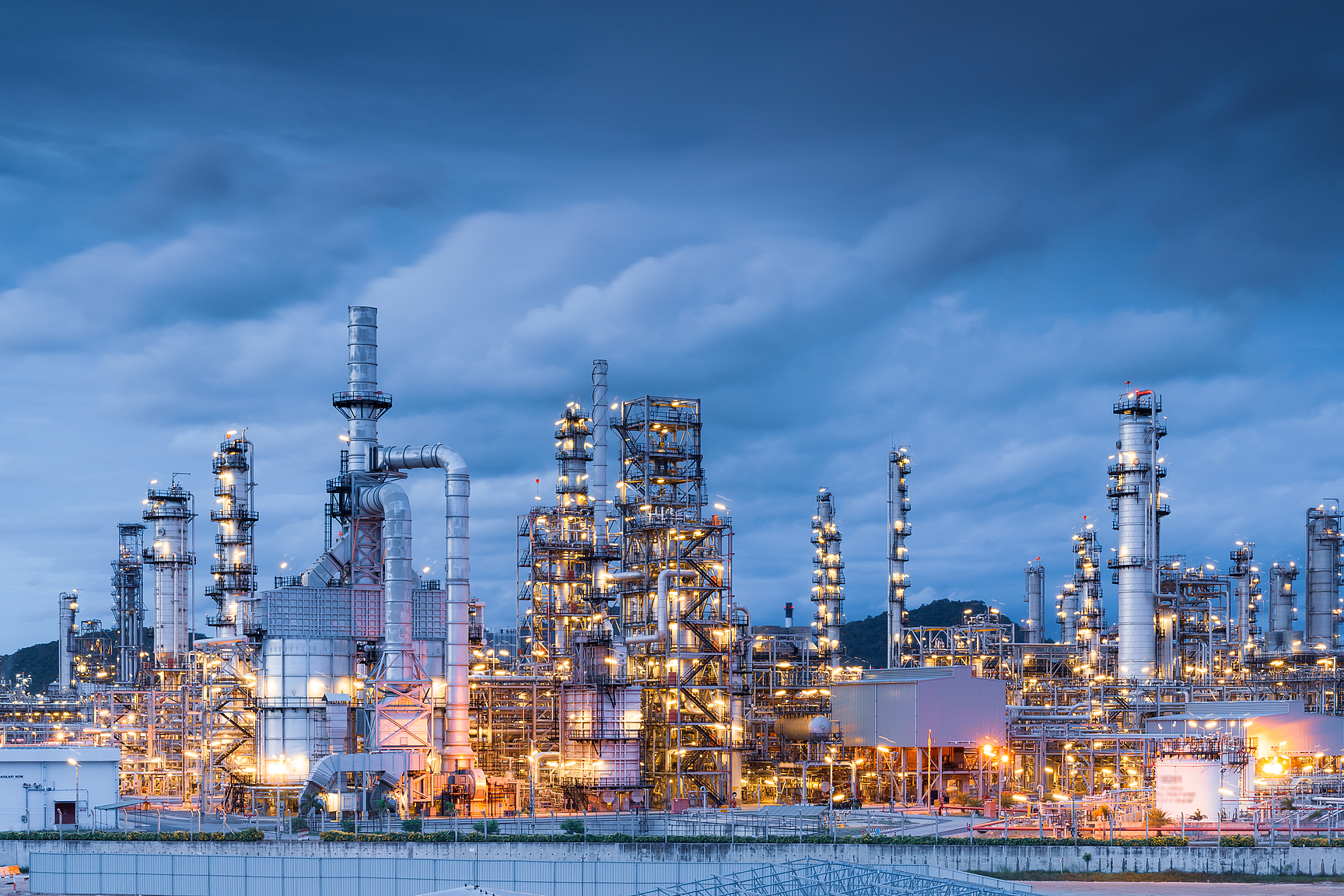
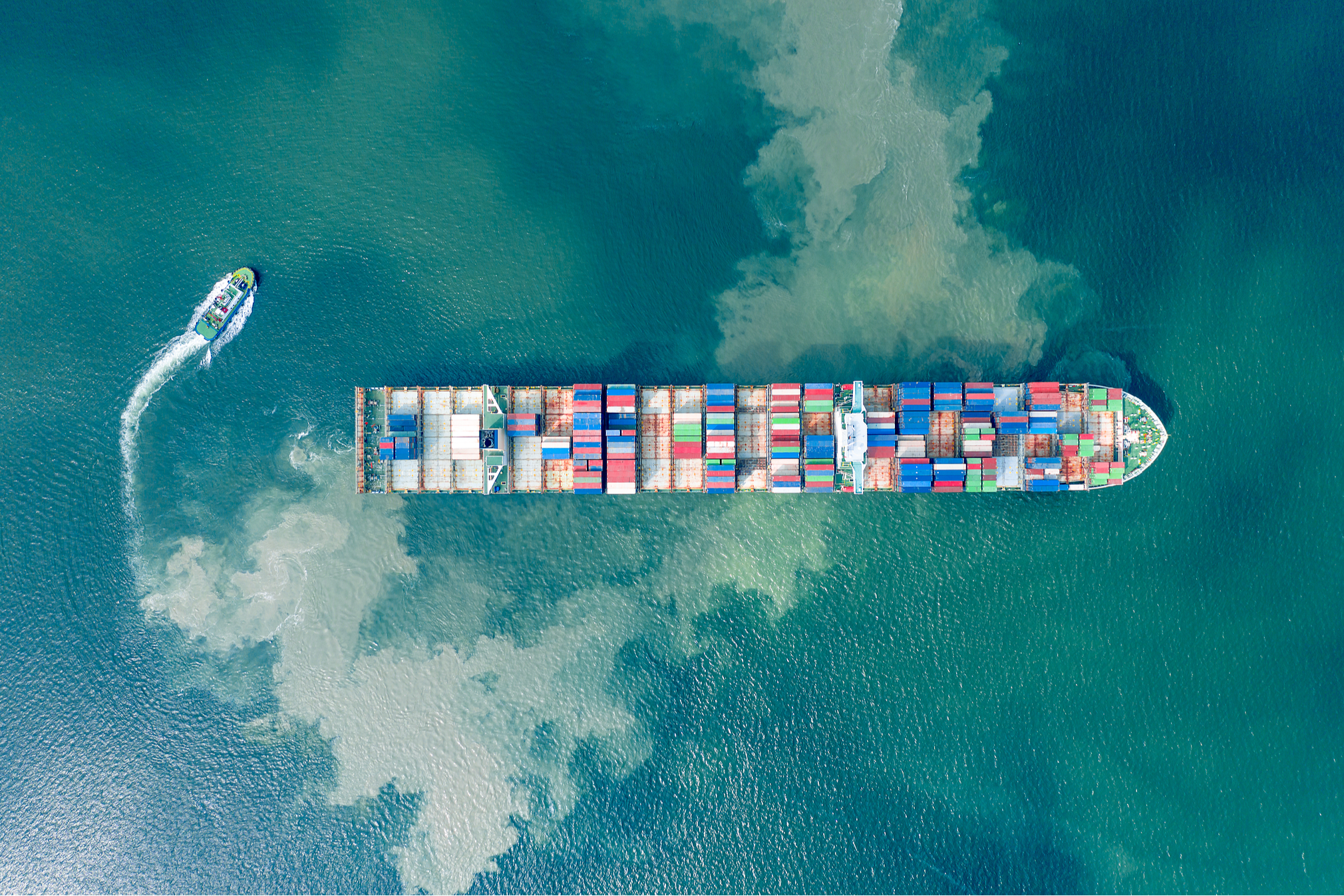
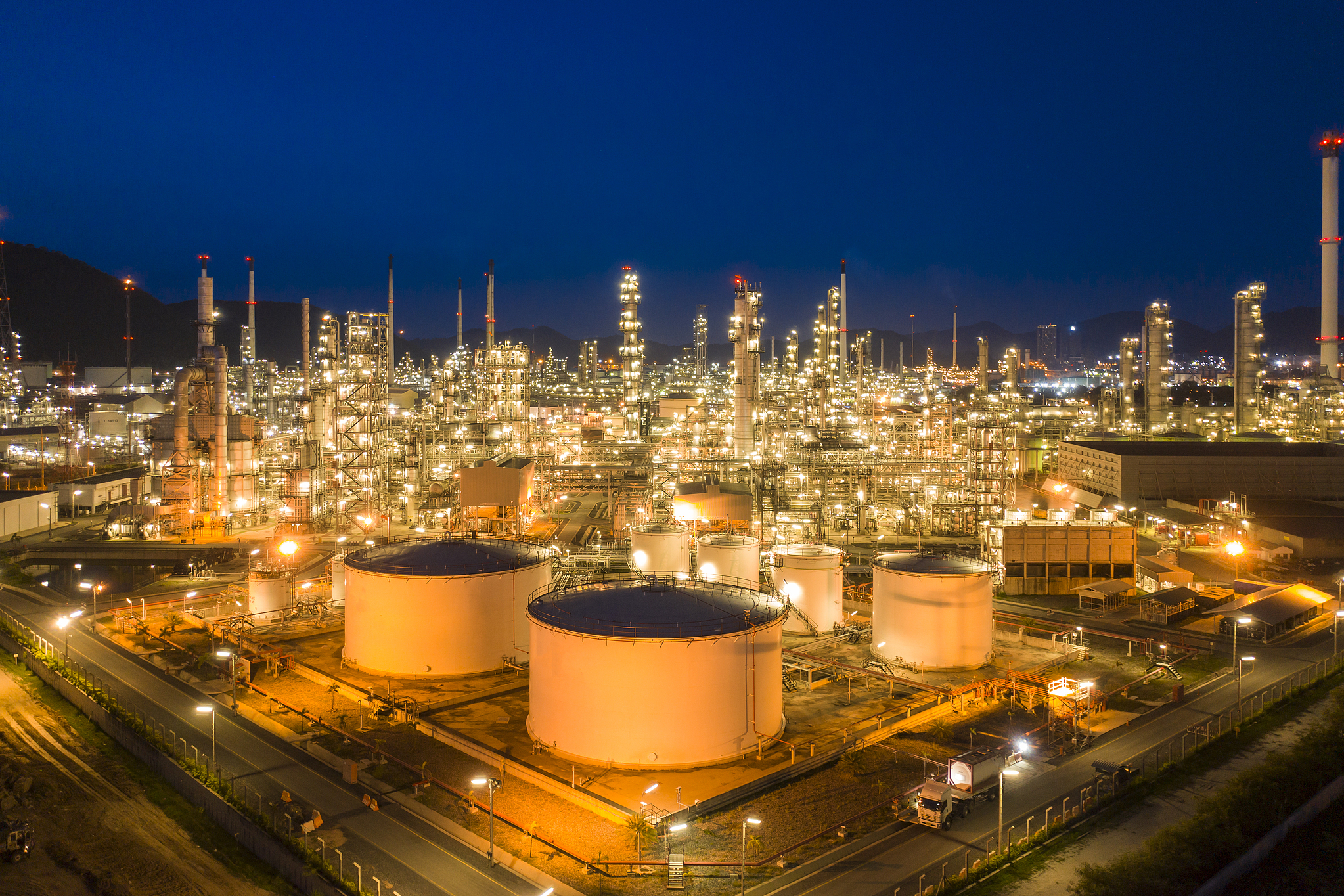

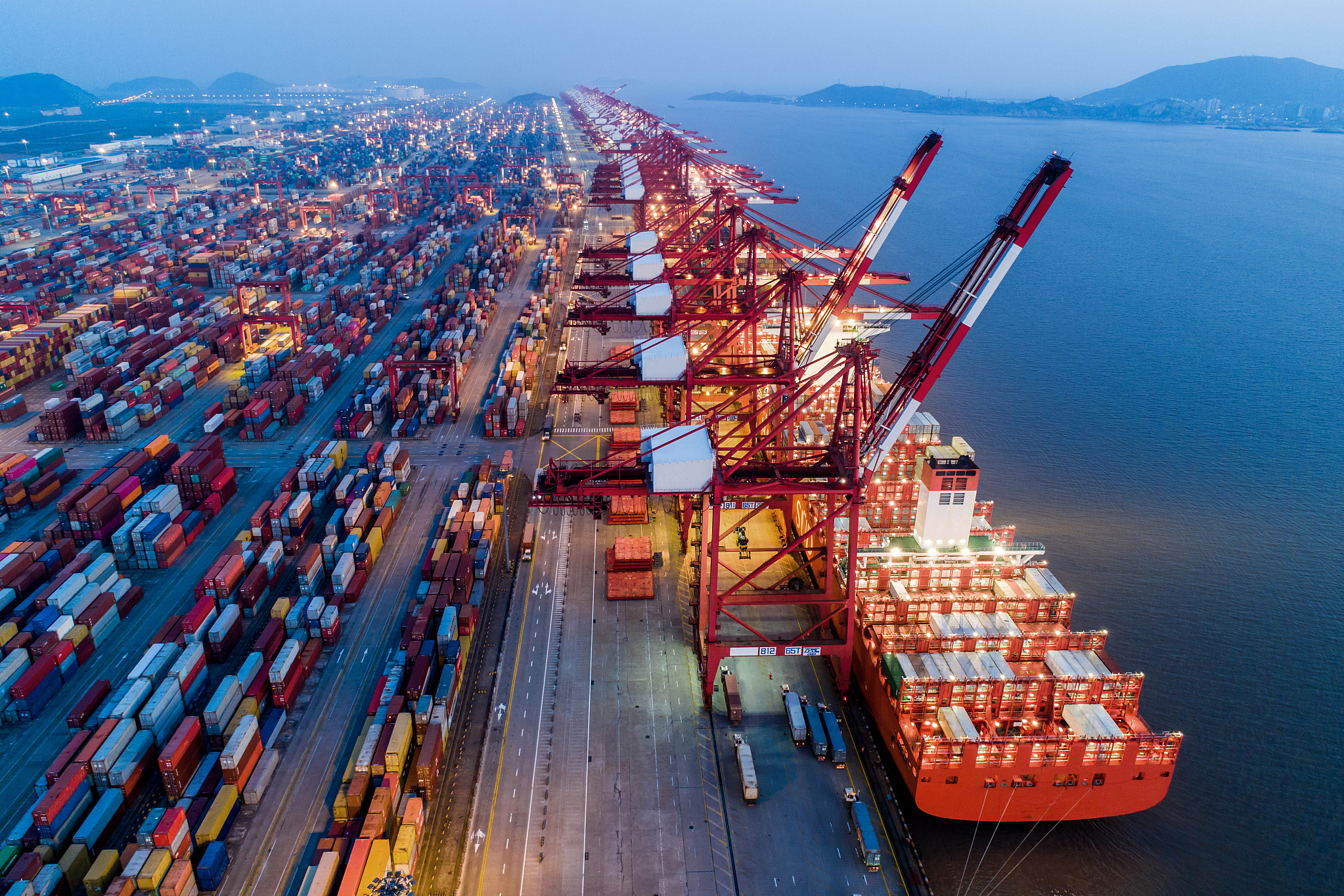
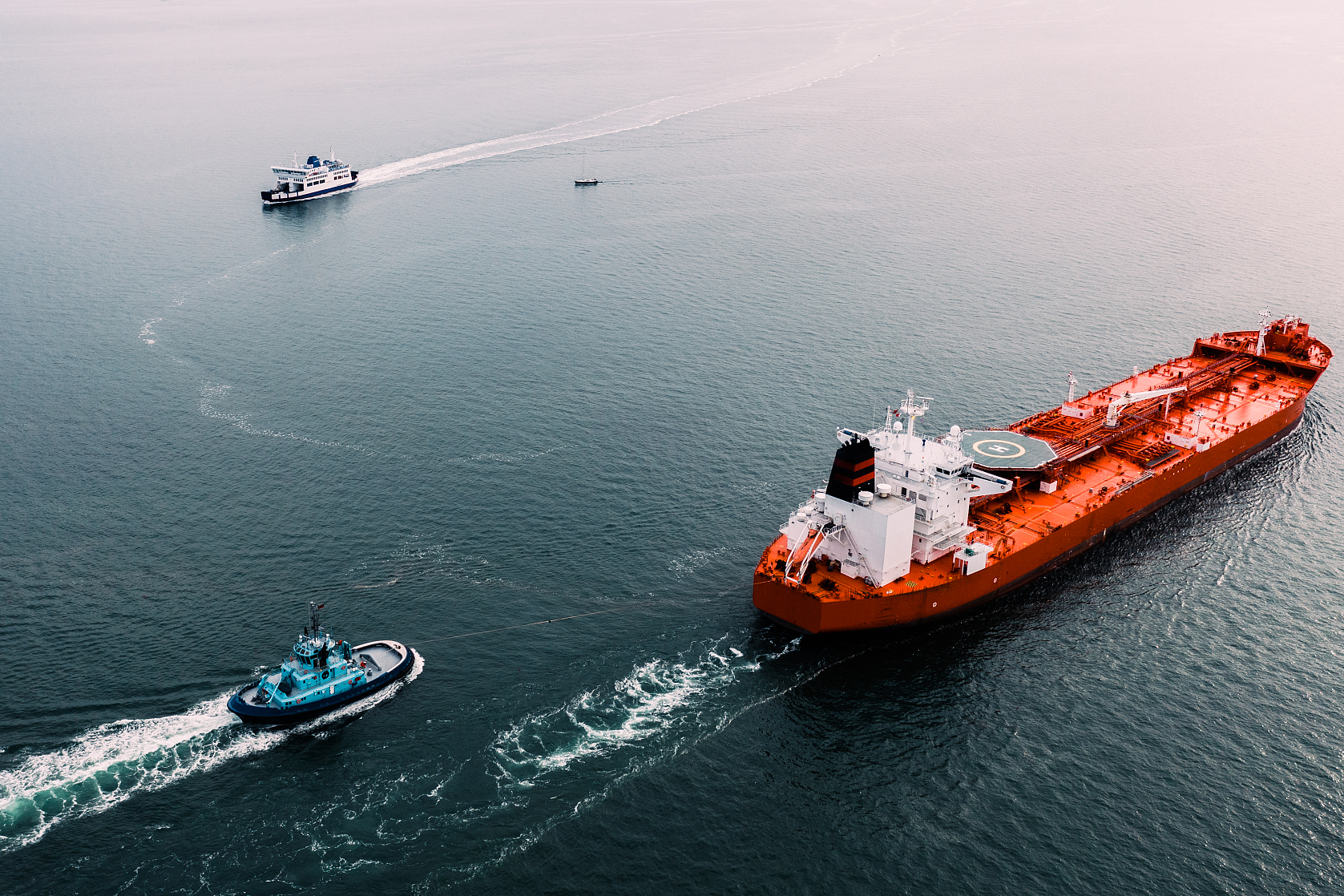
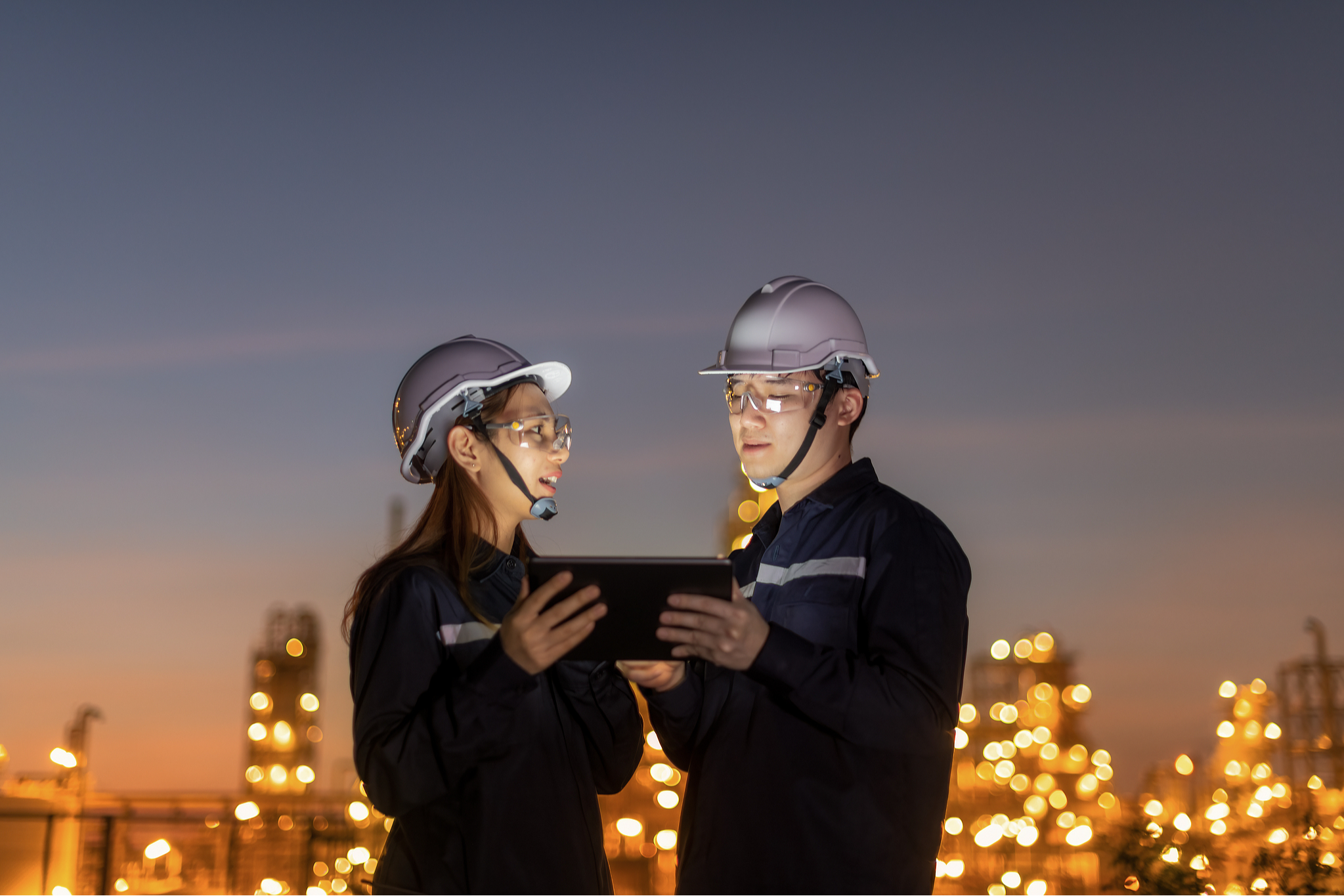

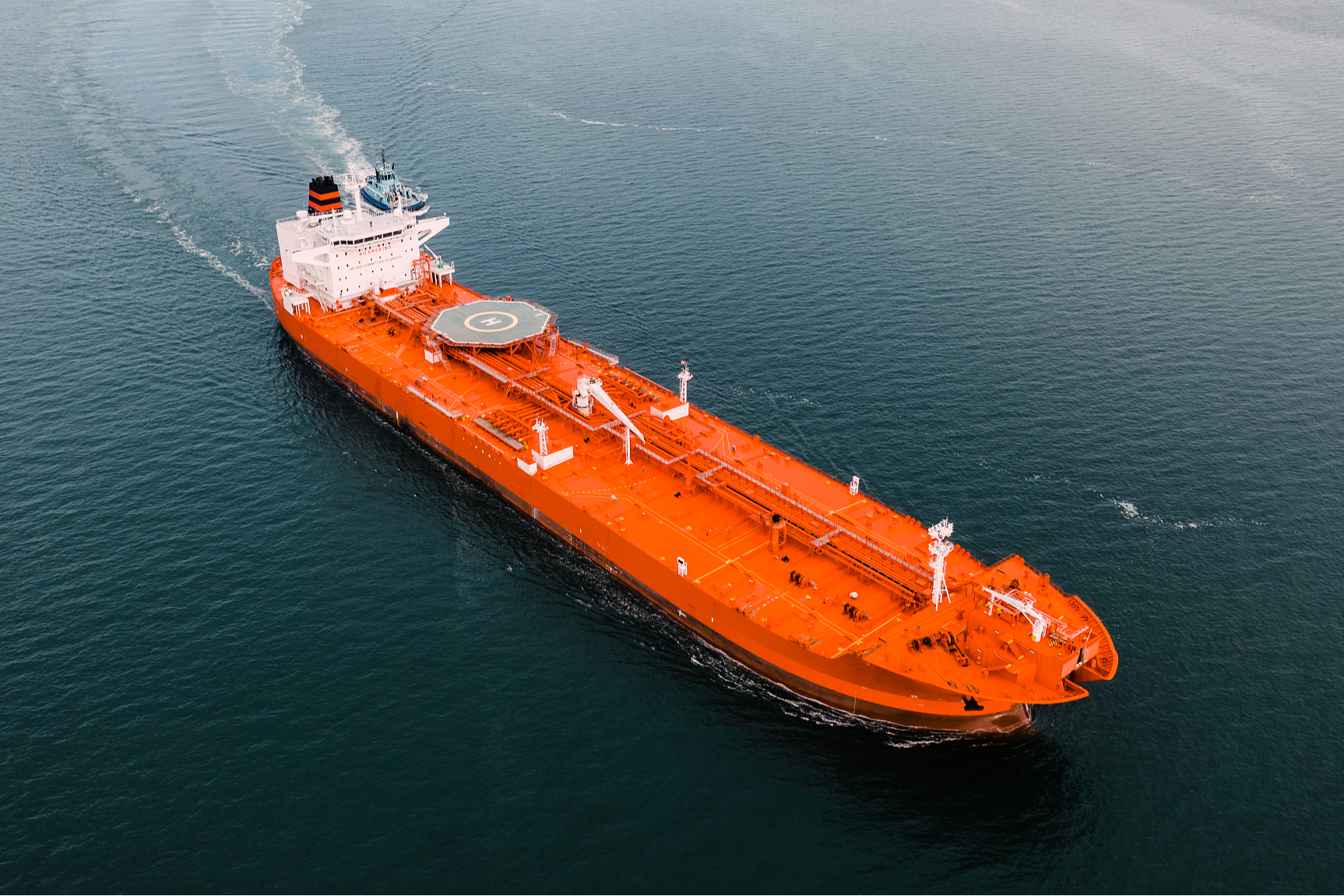
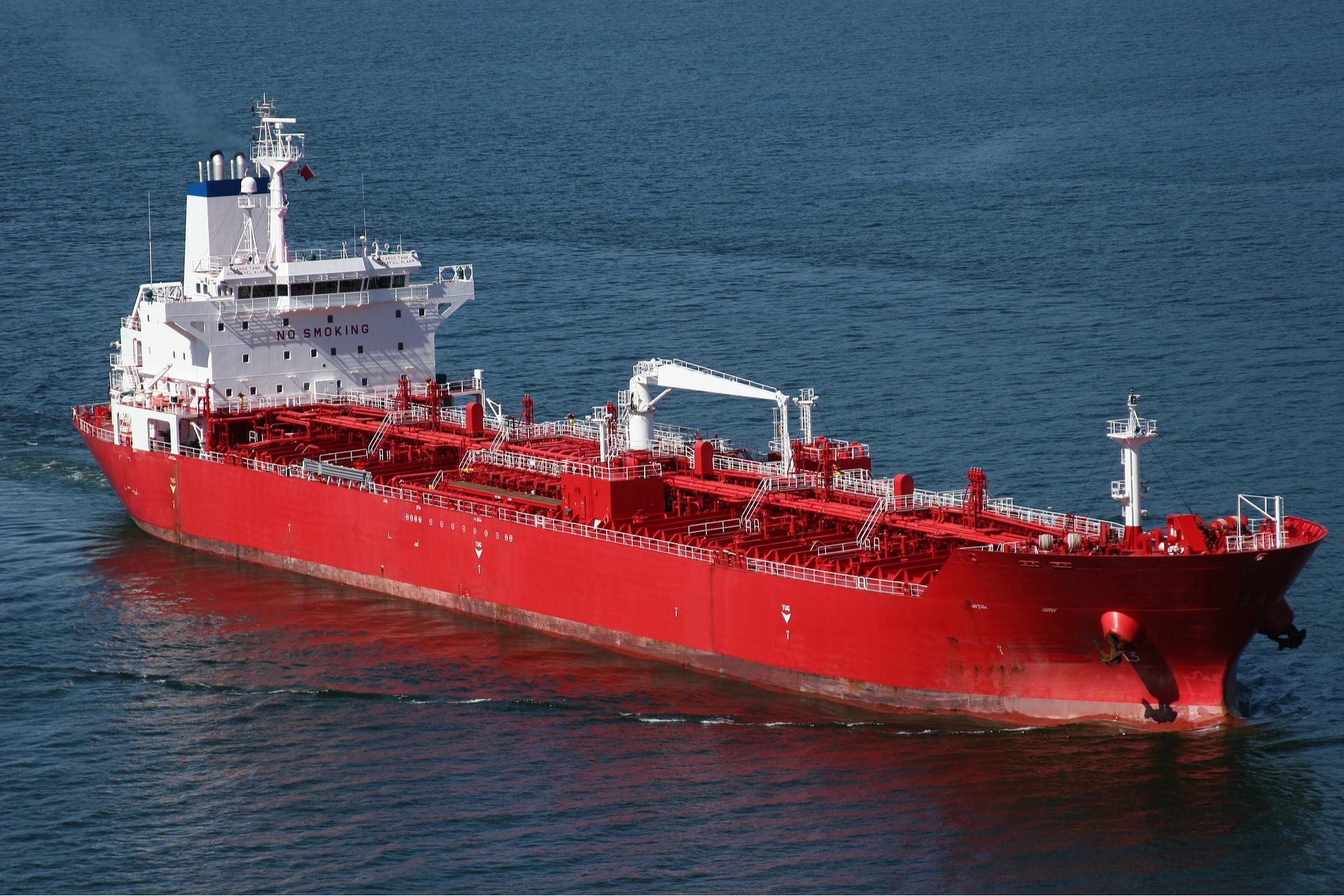

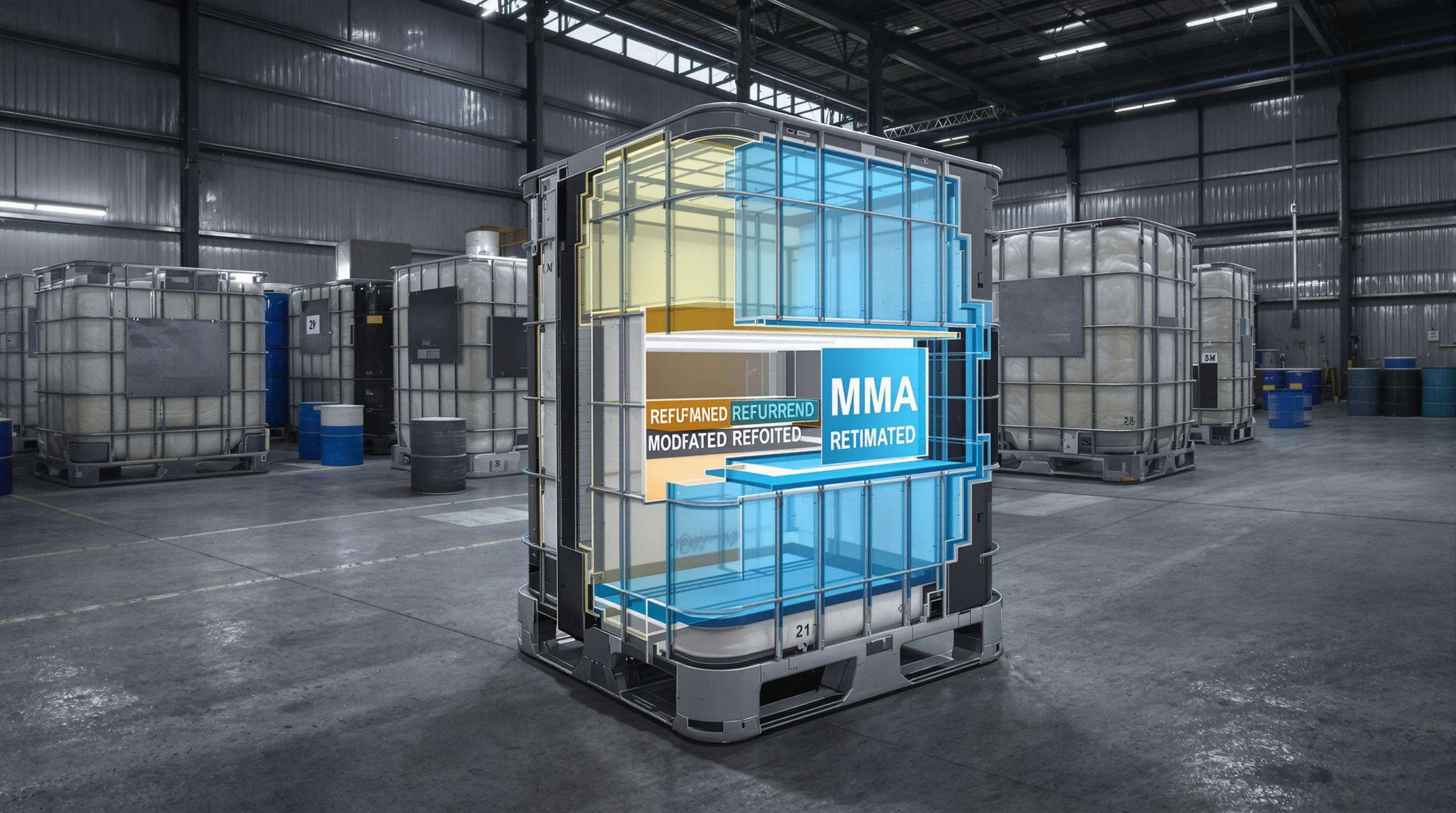
Adding methyl methacrylate or MMA to polymer resins makes a real difference for intermediate bulk containers (IBCs). The tensile strength jumps from around 48 to as much as 76 MPa when MMA is included in the mix. What does this mean practically? Well, these IBC totes can handle internal pressure that's roughly three times what regular polyethylene containers manage, all while weighing about 20% less. That weight savings matters a lot in chemical transportation and storage operations where every pound counts. Looking at long term performance too, containers made with MMA modified resins show about 65% less stress cracking after five years on the job. Fewer cracks means fewer replacements needed down the road, which translates into lower maintenance expenses across industrial supply chains. Companies dealing with harsh chemicals especially benefit from this kind of durability improvement.
MMA-infused IBCs excel in extreme environments due to their superior resistance properties:
These characteristics make MMA-based containers particularly effective for transporting reactive chemicals, reducing leakage risks by 80% compared to stainless steel in hot, high-sunlight regions.
IBC containers made with MMA technology last around 12 years on average, which is roughly three times what we see with regular plastic designs. This extended lifespan cuts down carbon emissions by about 40% for each shipping cycle. Real world testing at mines in dry regions has shown these MMA containers can handle well over 600 round trips across those harsh salt flats where normal containers tend to break down after just 18 months of service. The strength of these containers really helps advance circular economy principles too. When it comes time to recycle them, about 85% of the materials get recovered compared to only around 55% for the mixed plastic alternatives currently on the market.
The shift to reusable IBC totes cuts down on industrial plastic waste dramatically, around 82% less than what we see with single use packaging, per research from the Circular Economy Institute in 2023. These containers are built to last well beyond ten years when transporting chemicals, solvents, or even food grade liquids. Think about it this way: one standard IBC replaces roughly 12 to 15 regular drums every year in most operations. What's really impressive is how modern designs using special resins can withstand over fifty sterilization rounds without losing strength, plus they stay mostly recyclable at about 97%. Across North America and Europe alone, switching to these systems keeps approximately 2.3 million metric tons of plastic out of our landfills yearly, which makes a huge difference for both businesses and the environment alike.
According to research from the International Transport Forum in 2024, folding IBC totes cut down on transportation emissions by around 37% for each shipment. What makes them so efficient? Well, when not in use, these containers can be compressed down to just 20% of their normal size. That means trucks can carry about five times as many folded units compared to traditional rigid models. For companies like a typical mid-sized chemical distributor handling roughly 500 cross border shipments annually, this translates into saving approximately 8,400 liters of diesel fuel every year. And there's another benefit too. The MMA material used in these containers stands up better against UV damage, especially important for ships traveling through tropical regions. Because they last longer under harsh conditions, foldable IBCs actually produce about 58% fewer carbon emissions over their entire life cycle when compared with standard stainless steel alternatives.
Intermediate Bulk Containers modified with MMA technology weigh around 35% less than their stainless steel counterparts but still hold up just as well structurally. The secret lies in how MMA strengthens those polymer materials, allowing manufacturers to build containers with thinner walls yet still handle heavy loads, sometimes supporting over 1,500 kilograms when needed. According to research published in early 2025 after optimizing production processes, these improved IBCs had roughly 92% fewer breakdowns during long distance shipping across continents, which means fewer headaches for logistics teams dealing with delayed shipments or costly replacements. Plus they can handle extreme temperatures ranging from minus 40 degrees Celsius all the way up to 80 degrees Celsius, making them particularly good choices for anything that needs careful temperature control during transport, like fresh produce or pharmaceutical products that require specific storage conditions.
One European chemicals company saw their shipping damage claims drop by nearly two thirds when they started using MMA modified IBC containers for exporting acetic acid to Asian markets. The special UV resistant polymer coating kept the containers from breaking down during those long sea journeys, which was a big problem before. Plus, these new containers could stack at a 4 to 1 ratio compared to old ones, meaning warehouses didn't need as much floor space anymore. Another unexpected bonus? They cut down on repackaging work by about 28 percent since fewer steel drums were getting damaged in transit. All told, this switch saved them time and money while making their logistics operations run smoother day to day.
MMA IBCs that can be reused last through around 300 full cycles before showing any real wear, typically under 2% material loss. This durability cuts down on those costly single-use packages by about $18 for every ton of chemicals sent out. What makes these containers even better is their ability to collapse flat when empty. This feature reduces return shipping space needs by roughly 60%, so truckers can pack more empties into each load without extra trips. Many companies actually see their money back in just about nine months after switching from disposable options. The savings come from not having to spend so much on cleaning, fixing, and constantly buying new containers made from multiple different materials.
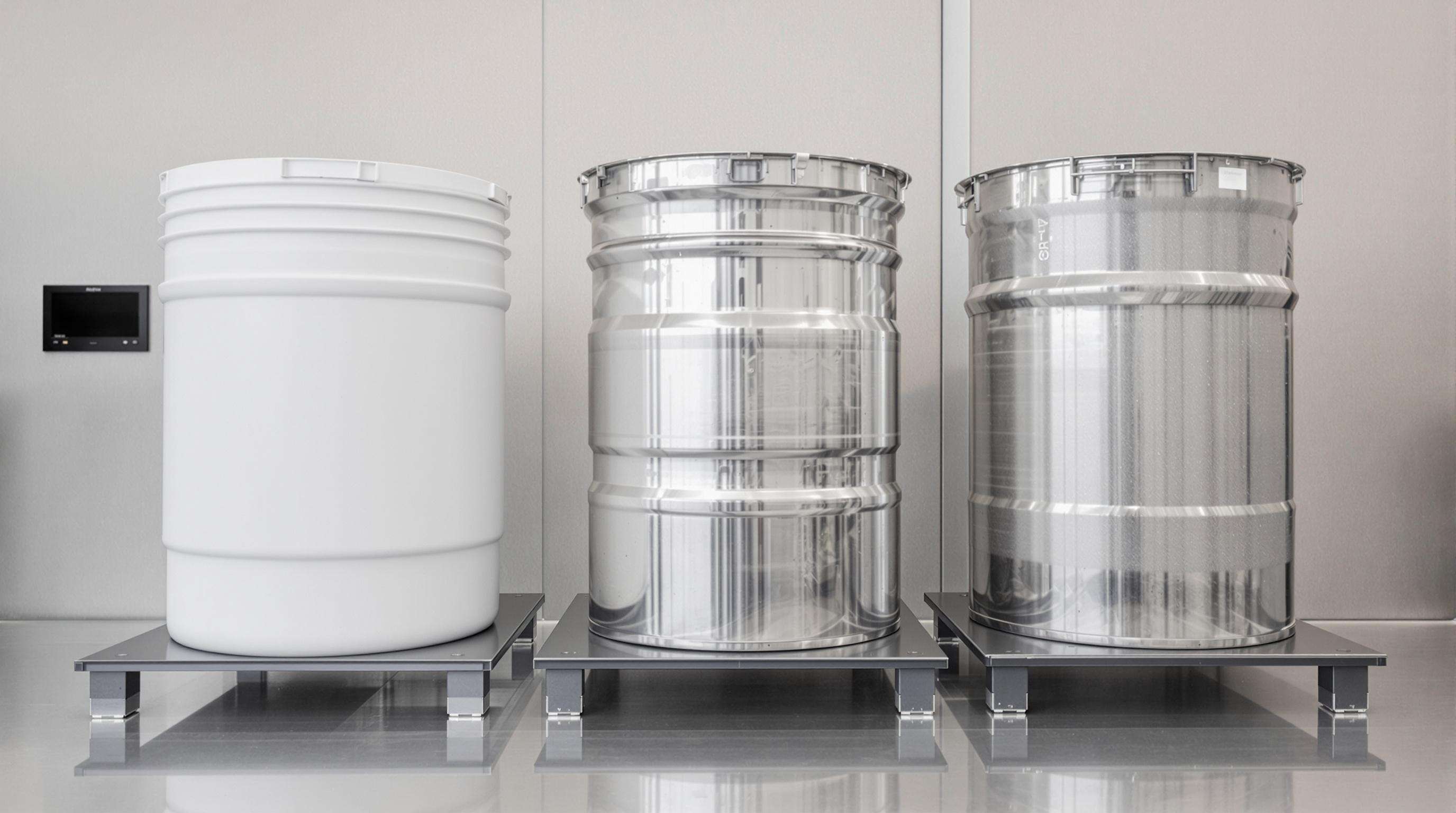
Resins modified with methyl methacrylate (MMA) are really changing what we expect from IBC materials these days. They fix problems that have plagued traditional materials for years. Take polyethylene for instance. After sitting out in the sun for too long, it starts developing those annoying surface cracks. But when enhanced with MMA, these polymers just don't crack as much. Testing shows they crack about 85 percent less after going through 2000 hours of harsh weather simulations in lab conditions. Now stainless steel containers definitely stand up well against corrosion, no doubt about that. The problem? They're way heavier than MMA composites. We're talking three to five times the weight difference here. And that extra weight means more fuel consumption during transport, which naturally leads to higher emissions across the supply chain.
| Material | Weight (kg/m³) | Chemical Resistance | Lifespan (years) | Recyclability |
|---|---|---|---|---|
| Polyethylene | 950–980 | Moderate | 5–7 | Limited |
| Stainless Steel | 7,850–8,000 | High | 15–20 | High |
| MMA-Modified Resins | 1,100–1,200 | Extreme | 12–15 | Full |
Research confirms that MMA reinforces polymer matrices at the molecular level, achieving a 30% higher strength-to-weight ratio than polyethylene while resisting acids and solvents common in chemical transport.
More companies in the chemical sector are turning to those reusable MMA based IBC totes that can actually last for over fifty trips before needing replacement. These containers represent a real green alternative compared to all that single use packaging waste we've been seeing for years now. The numbers tell the story pretty clearly too - each time these get shipped around, they cut down on plastic trash by almost ninety two percent. And let's not forget about money savings either; businesses save about eighteen dollars per ton just on packaging alone. What really makes sense for manufacturers though is how much cheaper it gets to handle returns. Those MMA enhanced containers fold up so nicely and hold up way better than regular stuff. When they're empty, they take up only thirty three percent of the storage space needed for traditional steel drums. That kind of efficiency adds up fast across warehouses and distribution centers everywhere.
Methyl methacrylate (MMA) is a chemical compound that, when added to polymer resins, enhances the strength and durability of intermediate bulk containers (IBCs). It increases tensile strength and resistance to UV damage and chemical exposure, making the IBCs more durable and sustainable.
MMA-modified IBCs are lighter, more durable, and have a higher resistance to chemical and UV exposure compared to traditional materials like polyethylene and stainless steel. This makes them ideal for transporting reactive chemicals and reduces leakage risks.
The use of MMA in IBCs results in longer-lasting containers that are more recyclable, reducing plastic waste and carbon emissions. Reusable MMA IBCs have a significantly lower environmental impact over their lifecycle compared to single-use containers.
 Hot News
Hot News2025-07-25
2025-06-16
2025-04-07
2025-04-07
2025-04-07
2025-12-03

